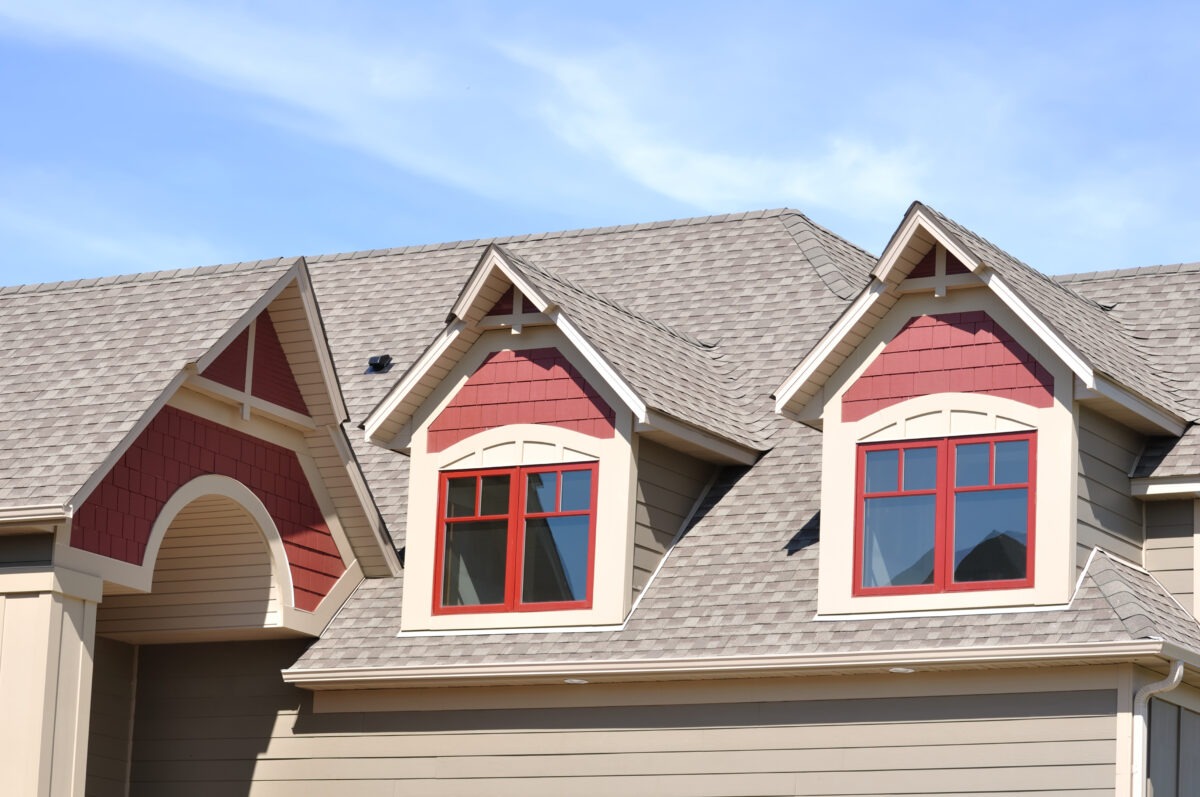How Often Does a Roof Need to Be Replaced? Understanding Roof Lifetimes
A well-maintained roof is essential to protecting a home, but knowing when to replace it can be tricky. So, how often does a roof need to be replaced? The answer varies based on the type of roof, materials used, local climate, and overall maintenance. Here, we’ll go over how long different roof types generally last, specific considerations for homes in Missouri, and how regular upkeep can extend the life of your roof.
Common Roof Types and Their Average Lifespans
Asphalt Shingle Roofs
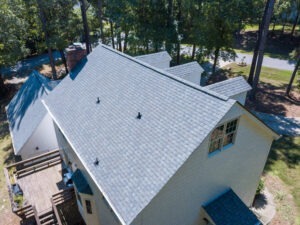
Asphalt shingles are the most popular choice for residential roofing. They provide a durable, cost-effective solution that holds up well in many weather conditions. Generally, an asphalt shingle roof will last around 20 to 25 years. In Missouri’s climate, asphalt shingles endure a range of conditions, from summer heat to winter snow and occasional severe storms. This climate can shorten their lifespan if the roof isn’t inspected and maintained regularly.
Replacement Frequency: Replace every 20–25 years, but watch for signs of wear or damage after 15 years, especially following heavy storms.
Metal Roofs
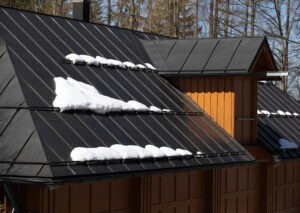
Metal roofing offers a longer lifespan and strong weather resistance. Metal roofs, which are popular for both residential and commercial buildings, can last 40 to 70 years. Missouri’s hot summers and humid environment have less of an impact on metal roofing than on asphalt shingles, making them an ideal choice for homeowners looking for longevity.
Roof Replacement Frequency: With minimal maintenance, replace every 40–70 years. Regular inspections can help ensure it reaches the upper range of its lifespan.
Flat Roofs

Flat roofs are common on commercial buildings and some residential structures. They often use materials like EPDM rubber, TPO, or PVC, which provide weather-resistant protection with a moderate lifespan. A well-maintained flat roof will last about 20 to 40 years. However, in Missouri, standing water from heavy rain or snow can wear down flat roofing materials faster than expected, so it’s crucial to keep drainage systems clear.
Replacement Frequency: Replace every 15–30 years, and perform regular maintenance to keep the drainage system working efficiently.
Tile Roofs
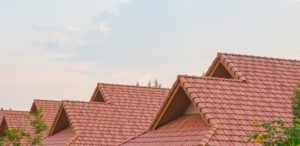
Tile roofing, whether made from concrete or clay, has a remarkably long lifespan. With proper care, a tile roof can last between 50 to 100 years. Missouri’s freezing winter temperatures can cause cracking if tiles are poorly installed or if water infiltration becomes an issue. Still, tile roofing is a durable option for those willing to invest in high-quality materials.
Replacement Frequency: Replace every 50–100 years, checking tiles annually for signs of cracking or water intrusion.
Wood Shake Roofs
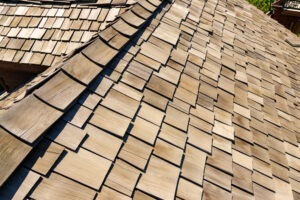
Wood shake roofing offers a natural, rustic look with an average lifespan of 20 to 40 years. While wood shakes can handle a variety of weather conditions, moisture and high humidity can lead to rot if the roof is not treated and maintained properly. Missouri’s humid summer climate means homeowners should take extra care to prevent mildew and rot.
Replacement Frequency: Replace every 20–40 years, and apply treatments every few years to resist moisture and prevent mold growth.
How Missouri’s Climate Impacts Roof Lifespan
Missouri’s variable weather plays a significant role in how often a roof needs to be replaced. Intense summer heat, high humidity, and severe storms all contribute to the wear and tear on roofing materials. Additionally, the freeze-thaw cycles during winter can cause cracks or expansion in certain materials, especially shingles and tiles. Homes in areas prone to strong storms should be inspected after any severe weather event to catch early signs of damage.
Roof Maintenance Tips to Extend Lifespan
While roofing materials come with average lifespans, proper maintenance can maximize the years between replacements. Here’s a look at some key maintenance tasks to keep your roof in top shape:
- Regular Inspections: Schedule professional inspections annually to catch minor issues before they become major problems.
- Clean Gutters: Clogged gutters can lead to water pooling on the roof, damaging materials and reducing lifespan.
- Remove Debris: Leaves, branches, and other debris can trap moisture on your roof. Clearing off debris regularly, especially after a storm, prevents mold and rot.
- Check Flashing and Seals: Flashing around vents, chimneys, and other roof features prevents leaks. Over time, flashing can loosen or deteriorate, so have it inspected and resealed as needed.
- Repair Damaged Shingles: If you notice cracked or missing shingles, repair them promptly to avoid further damage to the roof structure.
- Treat Wood Shakes: Wood roofing requires treatment every few years to protect against moisture and prevent moss or mildew buildup.
Extend the Life of Your Roof
Regular maintenance and knowing when to replace your roof can protect your home and investment for years to come. Manor Roofing’s experts can provide inspections, repairs, and replacements to ensure your roof is in optimal condition. If you’re wondering how often your roof needs to be replaced or are seeing signs of wear, contact us today for an estimate and let our team help keep your roof performing its best.
At Manor, we can help you determine the best type of roof for your home, or if your roof needs a roofing repair or a roof replacement. Schedule a free roof inspection today!
Thinking long-term about your home’s value?
If you’ve been considering a new roof, you might also be interested in adding space. See how much it might cost to build a 12×12 sunroom addition in Missouri.

